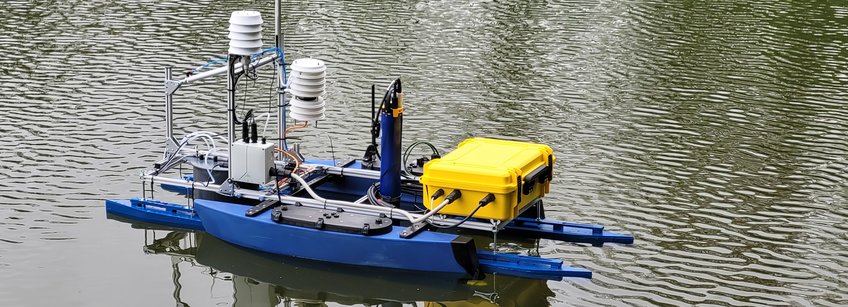
Q-ARCTIC research expedition to Abisko, Sweden
Future climate change is expected to lead to strong warming in the high northern latitudes. Permafrost soils in these regions contain large carbon stores. Further warming could destabilize permafrost carbon, triggering important feedback effects in the climate system. This summer – from late June to August – a team from our institute, led by Matthias Göckede, will be working in Abisko, northern Sweden. As part of the Q-ARCTIC project, they are investigating processes related to the carbon cycle in Arctic ecosystems.
A wide range of measurement equipment will be used in the field – including a mobile eddy covariance tower for recording the CO₂ balance, soil respiration chambers, and a special buoyancy chamber, the Minerva Blueboat, for measuring gas exchange processes at the water surface. This year, the team will be accompanied by our new technician, who will support the department in setting up and operating the measurement systems on site. The goal of the expedition is to gain a better understanding of the role of Arctic regions in the global climate system – particularly with regard to the feedback effects of thawing permafrost and changing carbon fluxes.